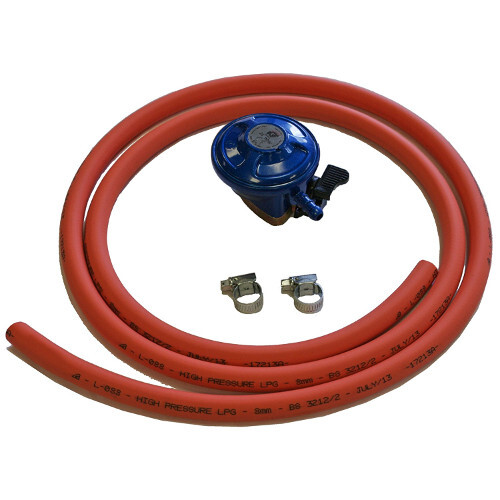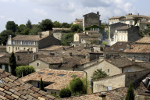Risks with equipment on gas cylinders
Nvwa, Monday, 20 November 2017

Appliances on gas cylinders
If appliances connected to a gas bottle fail to function properly or are unsafe, serious risks may arise. For example, fire or an explosion caused by gas leaks.
Poor maintenance, contamination or incorrect construction of the burners can lead to the formation of toxic . Incorrect construction may also cause hot parts to lie open, which can result in burns.
Preventing risks with equipment on gas cylinders
Cooking in a holiday home or on a camping site with a gas bottle or canister requires attention.
Read the tips below for safe use:

Appliances on gas cylinders
If appliances connected to a gas bottle fail to function properly or are unsafe, serious risks may arise. For example, fire or an explosion caused by gas leaks.
Poor maintenance, contamination or incorrect construction of the burners can lead to the formation of toxic . Incorrect construction may also cause hot parts to lie open, which can result in burns.
Preventing risks with equipment on gas cylinders
Cooking in a holiday home or on a camping site with a gas bottle or canister requires attention.
Read the tips below for safe use:
- Make sure that the device has a . You will see the CE mark, with a 4-digit code from the inspection body that supervises the quality of production. For example, CE 0123.
- Read the operating instructions carefully and follow them. When purchasing, check that the operating instructions are in English.
- Regularly check the unit for dirt, rust and corrosion. Rust or corrosion may cause gas leakage. This can lead to fire or explosion. Dirt, rust and corrosion can cause the gas to burn poorly, causing carbon monoxide to form.
- Close the gas valve when not in use.
- To be sure, buy a fire extinguisher.
- Always make sure that the unit is on a flat surface or a stable table. Falling can cause fire or burns.
- To avoid possible carbon monoxide, do not use a gas appliance in a sealed tent, especially when wet. Always ensure good ventilation when using a gas appliance.
- Install a in your home.
- Use gas appliances only for the purpose for which they are made. For example, never use a cooker as heating device by putting a flowerpot upside down on it. This may cause carbon monoxide.
- Keep gas bottles out of the sun. The pressure increases due to a high temperature (>30°C). This can lead to an explosion.
- Never place connected gas cylinders on its side. As a result, liquid gas can enter the unit and the outside air directly. The bottles must also be upright during transport.
- Check the gas hose at least once a year for wear and tear, damage, deformation or signs of porosity such as hair cracks. Replace if there is any doubt.
- Check the date on the gas hose. If the gas hose is older than 2 years old, replace it.
- Only use hoses specially made for butane and propane gas. This is often printed on the hose.
- Do not forget that there may still be gas in the hose when replacing it. Stay away from open fire.
- Keep clear of open flames when changing the gas bottle.
- Check the connection for leaks after changing with a brush and soapy water.
- Always open and close the bottle valve by hand. Never use tools.
- Leave empty gas cylinders to be filled at an approved filling station.

Search for French property and real estate for sale in all regions of France. Fermettes, gites, houses, B&B’s for sale by owner. Houses for sale in Gironde, Dordogne, Landes, Calvados, Manche and Orne
 Independent real estate agents: publish your XML feed for free and increase visibility on our platforms. We focus on quality listings with excellent
photos. Contact us to get started!
Independent real estate agents: publish your XML feed for free and increase visibility on our platforms. We focus on quality listings with excellent
photos. Contact us to get started!
More articles